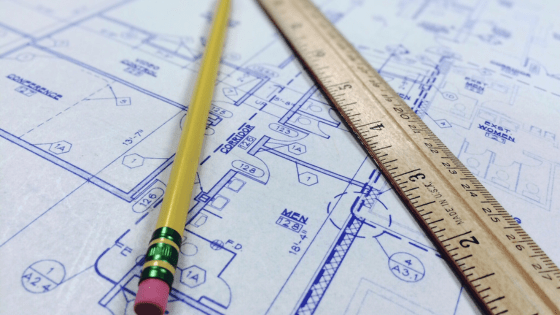
Church architecture has a profound impact on the worship experience and spiritual journey of the faithful. It serves as a physical representation of a congregation's beliefs and aspirations, providing a sacred space for reflection, connection, and worship. In the realm of religious architecture, Pentecostal churches stand out for their unique design elements, which reflect the beliefs and practices of this vibrant Christian tradition.
The Basics of Pentecostal Architecture
Pentecostalism is a diverse and dynamic Christian movement that places a strong emphasis on the Holy Spirit's presence and the experience of spiritual gifts. This focus on spiritual vitality is often mirrored in the architecture of Pentecostal churches. Unlike some older, more traditional church designs, Pentecostal architecture is typically marked by simplicity and functionality, aiming to create an atmosphere conducive to worship and spiritual connection.
The Worship Space as a Sacred Canvas
In a Pentecostal church, the worship space is more than just a room where congregants gather; it is a sacred canvas where the presence of the Holy Spirit is expected to manifest. The layout of the space often reflects this anticipation. Pentecostal churches are known for having an open and unobstructed layout. This design allows for freedom of movement, which is crucial during spirited worship services where people may be moved to dance, shout, or speak in tongues.
The absence of fixed pews is another common feature of Pentecostal churches. Instead, you'll often find movable chairs that can be rearranged or cleared to make space for dynamic worship activities. This flexibility emphasizes the congregation's participation in the worship experience and their expectation of spiritual encounters.
Symbols of the Holy Spirit
The Holy Spirit is a central focus in Pentecostal belief, and this is reflected in the church's architecture. Often, there are symbols or imagery that represent the Holy Spirit. One common symbol is the dove, which is associated with the Holy Spirit's descent upon Jesus at His baptism.
Another symbol often seen in Pentecostal architecture is flames. These flames represent the "tongues of fire" that appeared above the apostles' heads on the Day of Pentecost, as described in the Bible's Book of Acts. Flames are often incorporated into the church's decor, such as in light fixtures or as part of the church's logo.
The Pulpit and Altar Area
In many Pentecostal churches, the pulpit and altar area hold special significance. This is the focal point of the worship space, where sermons are delivered, and the congregation gathers for prayer and reflection. The pulpit is often elevated, symbolizing the importance of the Word of God in the Pentecostal tradition.
Anointing oil is also significant in Pentecostal worship, and it is typically stored and used at the altar area. The practice of anointing is a sacred ritual in Pentecostalism, and it represents the consecration of individuals and objects for God's service.
Music and Sound
Pentecostal worship is often characterized by energetic and lively music, including gospel songs and spiritual hymns. To accommodate the musical aspect of worship, many Pentecostal churches have well-equipped sound systems and space for a band or choir. Musical instruments such as pianos, keyboards, drums, and guitars are commonly found in these churches.
Sound is not only for musical purposes but also plays a role in creating an atmosphere of reverence and awe. The architecture often considers acoustics, ensuring that every word, note, and sound reverberates throughout the space, fostering a sense of unity and spiritual elevation among the congregants.
Inclusivity and Community
Pentecostal architecture also emphasizes inclusivity and community. The open design of the worship space, the absence of fixed pews, and the emphasis on participation all contribute to a sense of togetherness. This is reflective of the Pentecostal belief that the Holy Spirit unites and empowers believers, transcending individualism.
In conclusion, Pentecostal architecture serves as a powerful medium for expressing the core beliefs and practices of this Christian tradition. The open and flexible design of Pentecostal churches fosters a sense of freedom and anticipation for spiritual encounters. Symbols and imagery throughout the space point to the presence of the Holy Spirit, while the pulpit and altar areas highlight the importance of the Word of God and the act of anointing.
The combination of music, sound, and inclusivity creates a sacred space where the congregation can come together, engage in lively worship, and experience the power of the Holy Spirit. In Pentecostal architecture, every element serves a purpose, guiding worshippers toward a deeper connection with God and their fellow believers.